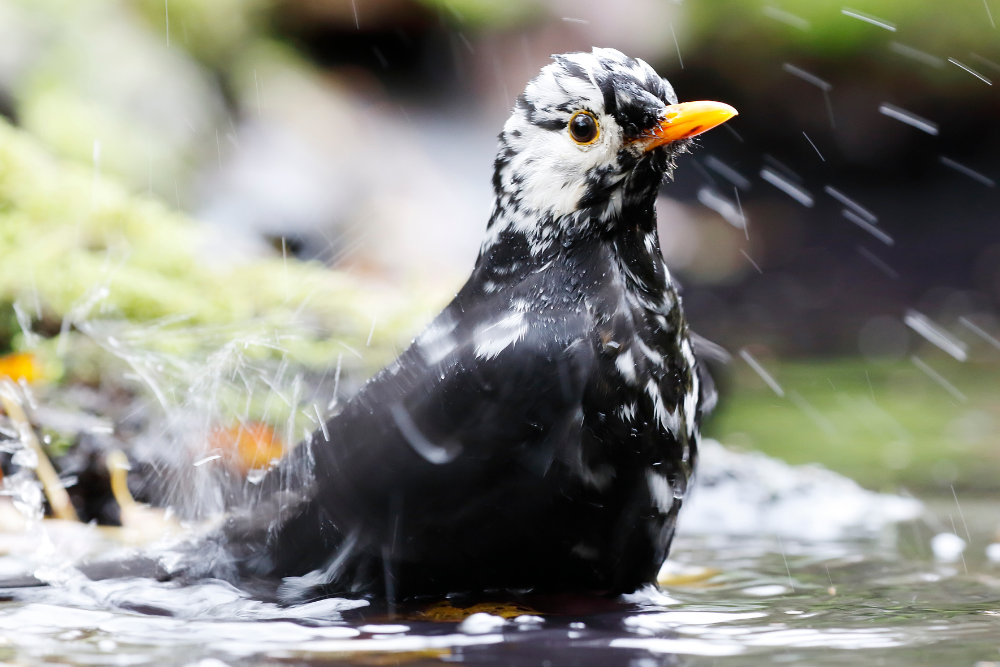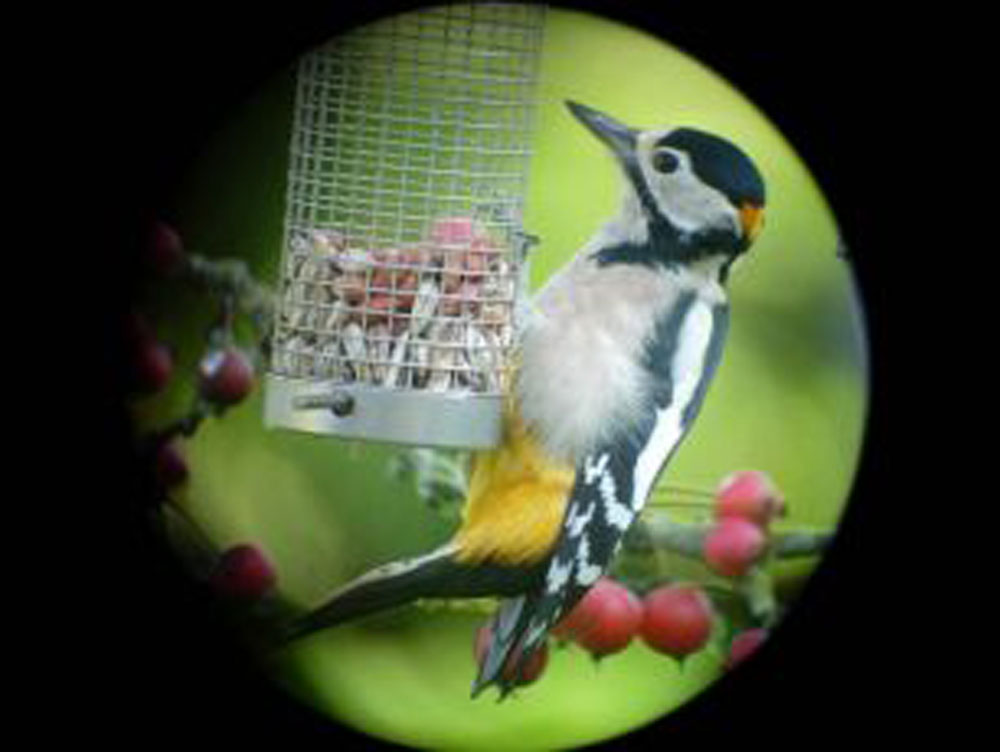Plumage abnormalities
From time to time, you may encounter a bird with plumage that is rather different from that which would be typical for the species. Some of these abnormalities may result from abnormal feather growth or feather loss, while others may be a consequence of problems with pigmentation.
Plumage differences caused by pigmentation changes
Changes in the amount and/or distribution of particular feather pigments are some of the most commonly reported types of plumage abnormality. Most often, these abnormalities occur within the common feather pigments, like melanin (which makes feathers look dark), and so we tend to see a pattern to the types of abnormalities being reported.
this article in Bird Table magazine
The impact of pigmentation differences on individual birds
Having plumage that differs from the population 'norm' is often disadvantageous, giving the wrong signals to other individuals or making the bird more obvious to would-be predators.
Feathers with reduced pigment are often less robust and wear more rapidly, reducing flight efficiency and decreasing their insulative properties.
Types of pigmentation changes
There are several different forms of plumage abnormality centred on altered amounts of pigment.
These include leucism and albinism (where there is loss of the pigment melanin) and melanism (in which the amount and/or distribution of dark-coloured melanin pigment is often elevated).
Erythrism (where a chestnut-red pigment replaces certain other pigments) and xanthochromism (where there is an excess of yellow pigment, often replacing red pigment) also occur, although they are thought to be rare compared with leucism and melanism.
Report unusual plumage
If you have seen a bird with unusual plumage in your garden please complete our simple online Abnormal Plumage Survey form.








Share this page